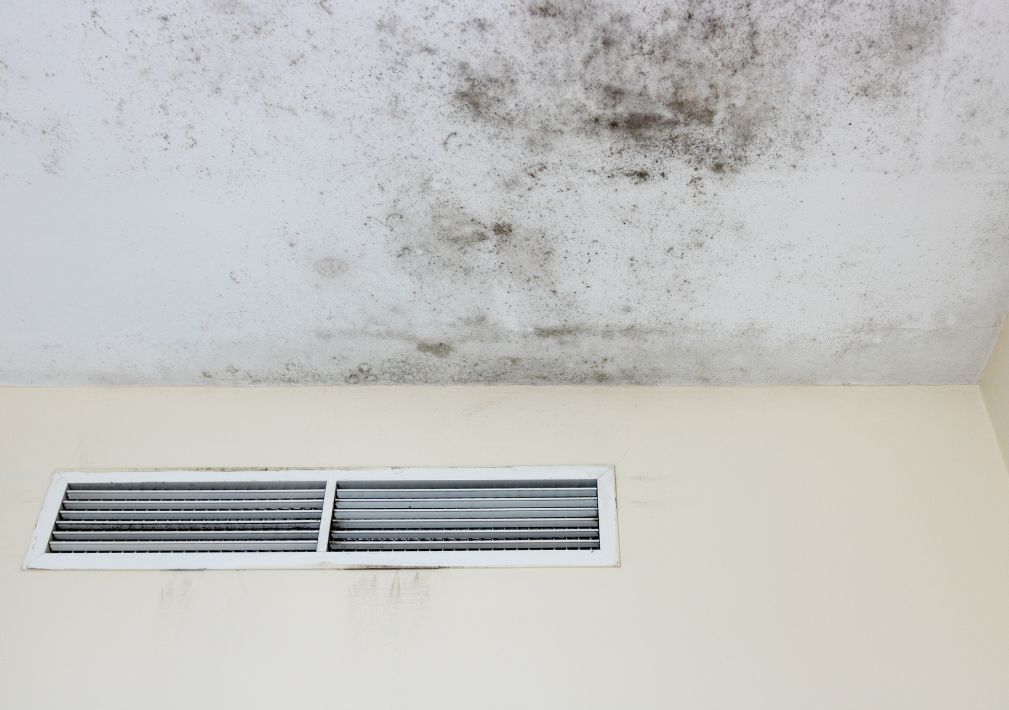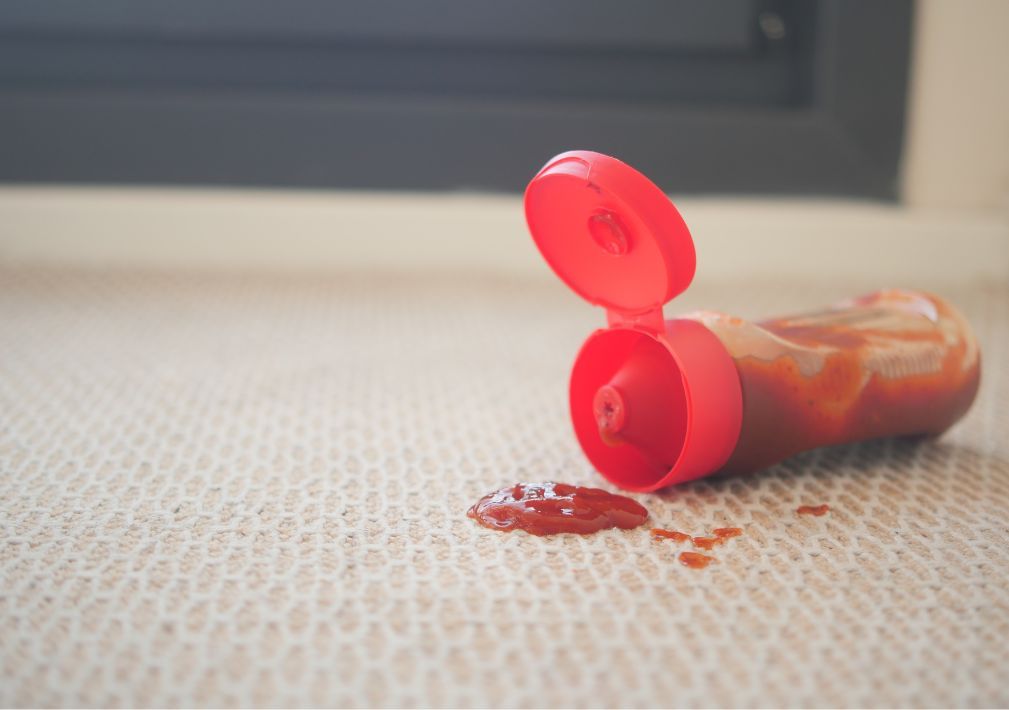Common Types of Household Mold and How Professionals Remove Them

Household mold is more than an eyesore; it’s a silent invader that threatens your home’s structure and your health. Professional mold remediation is the safest and most effective way to get rid of mold for good. Instead of covering up the problem, professional services identify the root cause, remove contamination completely, and restore healthy indoor air.
Understanding Mold Growth and the Importance of Mold Remediation
Mold is a fungus that thrives in moisture-rich environments and spreads quickly through airborne spores. When these spores settle on damp materials, they multiply, often out of sight behind walls, under carpets, or inside air ducts.
Professional mold remediation tackles both visible and hidden mold. Experts from Voda Cleaning & Restoration use specialized inspection tools to locate the source, remove affected materials, and restore indoor safety. Without this process, even small mold patches can grow into major infestations that damage walls, insulation, and flooring.
Left untreated, mold also affects your family’s health, causing allergic reactions, coughing, and chronic sinus issues. The remediation process not only removes existing colonies but also controls humidity and airflow to prevent regrowth.
The Most Common Types of Household Mold
Mold species differ in color, texture, and growth environment. Knowing what type of mold you’re dealing with helps determine the best mold remediation approach.
1. Black Mold (Stachybotrys Chartarum)
- Appearance: Slimy, dark green to black.
- Areas: Basements, bathrooms, and water-damaged walls.
- Health Risks: Produces mycotoxins that may lead to fatigue, breathing problems, and headaches.
2. Aspergillus
- Appearance: White, green, or yellow with a powdery texture.
- Areas: HVAC vents and insulation.
- Health Risks: Triggers lung irritation and allergic reactions.
3. Cladosporium
- Appearance: Olive-green or brown, powdery texture.
- Areas: Carpets, upholstery, and ducts.
- Health Risks: Causes itchy skin, watery eyes, and respiratory irritation.
4. Penicillium
- Appearance: Blue-green, velvety surface.
- Areas: Water-damaged furniture, fabrics, and wallpaper.
- Health Risks: Causes allergic reactions and sinus infections.
5. Alternaria
- Appearance: Dark green or black with a soft texture.
- Areas: Windows, sinks, and showers.
- Health Risks: Common cause of asthma and allergic responses.
Voda Cleaning & Restoration identifies these mold types using air quality tests and moisture mapping, ensuring complete and accurate mold remediation for every situation.
The Step-by-Step Mold Remediation Process
Professional mold remediation is far more comprehensive than ordinary cleaning. Here’s how experts eliminate mold safely and permanently:
- Inspection and Testing: Specialists assess affected areas with moisture meters and air samples to determine the mold’s extent.
- Containment: Plastic sheeting and air barriers isolate the area to prevent spore spread.
- Filtration: HEPA air filters capture airborne spores and improve indoor air quality.
- Mold Removal: Non-porous surfaces are disinfected, and porous materials like drywall are safely discarded.
- Drying: Dehumidifiers and air movers eliminate residual moisture.
- Restoration: Damaged surfaces are repaired and refinished.
Voda Cleaning & Restoration adheres to IICRC standards, ensuring that every step of mold remediation is handled with precision and safety.
Early Signs That Indicate You Need Mold Remediation
Catching mold early can save thousands in repairs. Look for these warning signs:
- Persistent musty smells in rooms or basements.
- Dark stains or spots on walls or ceilings.
- Peeling paint or bubbling wallpaper.
- Water stains or signs of leaks.
- Allergy symptoms that worsen indoors.
These symptoms indicate that mold may be growing out of sight. A quick inspection by Voda Cleaning & Restoration can confirm the issue before it spreads.
Why DIY Mold Removal Often Fails
DIY cleaning often gives the illusion of solving the problem, but it usually only removes visible mold. The underlying spores remain active, ready to spread again when moisture returns.
Professional mold remediation includes air filtration, containment, and humidity control to ensure total removal. Experts also dispose of contaminated materials safely to avoid reinfection.
Trusting specialists like Voda Cleaning & Restoration guarantees lasting results, compliance with safety standards, and a cleaner indoor environment.
Preventing Mold After Remediation
Prevention is just as important as removal. To keep your home mold-free:
- Keep humidity under 50 percent with dehumidifiers.
- Ventilate bathrooms, basements, and kitchens properly.
- Fix leaks and plumbing issues right away.
- Clean and dry water spills within 24 hours.
- Schedule professional moisture inspections annually.
Voda Cleaning & Restoration offers ongoing maintenance plans and moisture control solutions to help homeowners maintain a healthy, mold-free space.
How Humidity and Climate Affect Mold Growth
Mold growth varies by region and weather conditions. In humid climates, moisture in the air provides a continuous food source for spores. Even if you do not experience leaks or flooding, condensation from air conditioning systems or poor ventilation can promote hidden mold.
During the rainy season, high humidity levels can lead to rapid mold growth in basements, attics, and laundry rooms. On the other hand, dry climates can still see mold in areas with plumbing leaks or evaporative cooling systems.
That is why Voda Cleaning & Restoration tailors its mold remediation approach based on local climate factors. The company recommends using humidity monitors, proper insulation, and controlled ventilation to minimize mold risk year-round. These preventive measures create a long-term barrier against hidden growth and recurring contamination.
The Role of Air Quality Testing in Mold Remediation
Air quality testing is one of the most overlooked yet essential parts of professional mold remediation. While visual inspection can locate surface growth, air tests help identify hidden mold spores circulating throughout the home.
Technicians from Voda Cleaning & Restoration collect air samples before and after remediation. These samples are analyzed to measure spore levels and confirm that the indoor environment meets safety standards. Air testing is especially crucial for homes with occupants who experience chronic respiratory symptoms or asthma, as even trace spores can aggravate these conditions.
This process also helps determine whether mold growth originated from a one-time leak or from ongoing humidity issues. The results guide professionals in applying the right preventive measures to stop future contamination. Consistent air quality testing ensures that once mold remediation is complete, the air you breathe is genuinely clean and safe.
The Final Verdict on Mold Remediation
Mold can silently damage your home’s structure and impact your health if not treated correctly. Knowing the different mold types, understanding how experts remove them, and taking preventive measures can help you protect your investment and well-being.
Professional mold remediation with Voda Cleaning & Restoration goes beyond cleanup. It focuses on thorough inspection, containment, air purification, and long-term prevention. With their advanced technology and certified technicians, you can restore both safety and comfort to your home.
Don’t wait until mold spreads. Call us at (608) 398-8632 or schedule an appointment with Voda Cleaning & Restoration to ensure your home stays healthy and mold-free.
Frequently Asked Questions About Mold Remediation
Why does mold often return after I clean it?
If the moisture source remains unresolved, mold will reappear. Professional remediation not only removes mold but also addresses underlying humidity and leaks to stop it from returning.
Can mold remediation improve indoor air quality?
Yes. Air filtration and HEPA vacuuming significantly reduce airborne spores, improving breathing comfort and reducing allergy symptoms after remediation.
How do I prepare my home for mold remediation?
Remove valuables and fragile items from affected areas, seal off rooms that won’t be treated, and provide access to utilities. Your technician will handle containment setup and safety measures.
Are certain materials more prone to mold growth?
Yes. Porous materials like drywall, carpet, and wood absorb moisture and are ideal breeding grounds for mold. Non-porous materials such as metal or tile are less likely to support growth but still require cleaning.
How can I tell if my basement mold problem is serious?
If you notice musty odors, discolored walls, or recurring dampness even after cleaning, you likely have deep-seated mold. A professional inspection by Voda Cleaning & Restoration can identify the severity and provide a permanent solution.
More Blogs
Categories

